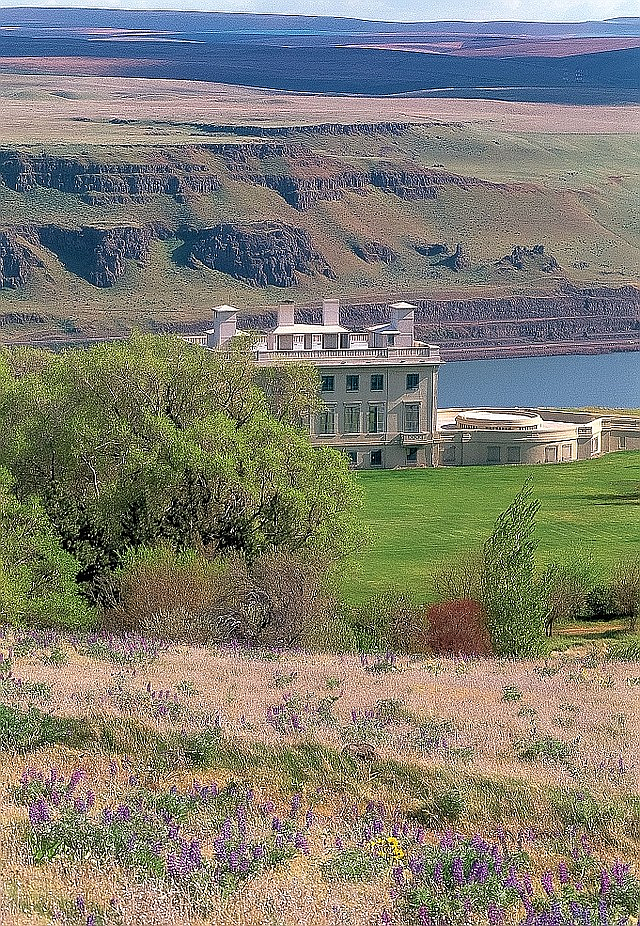Where in the Sam Hill is the Maryhill Museum?
July 25, 2022 at 3:44 p.m. | Updated May 1, 2019 at 9:50 a.m.
This article originally appeared on Northwest Prime Time's cover in 2019, prior to the pandemic. Perhaps it's time to reconsider a visit to this gem of a museum near Goldendale in eastern Washington.
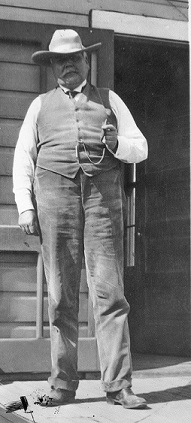 Sam Hill was a mover and shaker in the early 1900s
Sam Hill was a mover and shaker in the early 1900s
By the early 1900s, Sam Hill was a mover-and-shaker in the Pacific Northwest. He was a globe-trotting entrepreneur, lawyer and railroad executive—and an early advocate of good roads. The noted philanthropist also built monuments to peace and traveled the world promoting trade and prosperity.
Born in 1857 in Deep River, North Carolina, Hill grew up in an abolitionist Quaker family. While still a boy, his family moved to Minneapolis in the tumult following the Civil War. After graduating from Haverford College, with subsequent study at Harvard University, Hill began a successful law practice in his new home town of Minneapolis. During a court battle, Hill caught the eye of the president of the Great Northern Railway and became his trusted advisor and law clerk in 1886. Two years later, Hill married his boss’s oldest daughter, Mary. The two had a daughter, Mary, and a son, James.
While in Minneapolis, Sam Hill became president of the Seattle Gas and Electric Company—owned by Minneapolis investors. During his visits to Seattle, Hill became enamored of the region and in 1899, he moved. His wife and children later joined him but returned to Minneapolis after only six months. His wife never came back, although the children divided their time between parents.
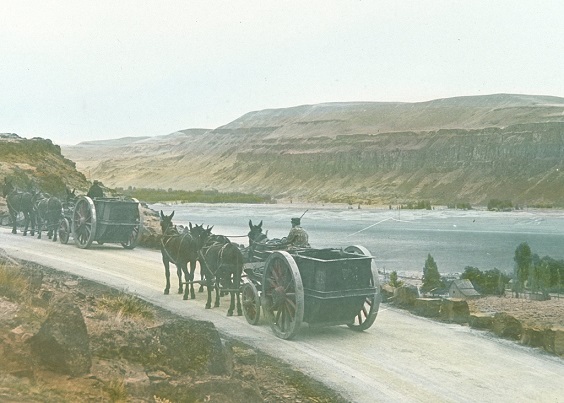 Sam Hill, president of the Washington State Good Roads Association, built the Maryhill Loops Road, the first macadam paved road in the Northwest
Sam Hill, president of the Washington State Good Roads Association, built the Maryhill Loops Road, the first macadam paved road in the Northwest
It was Hill who was the catalyst behind the Columbia River Highway. His dream was to “build a great highway so that the world can realize the magnificence and grandeur of the Columbia River Gorge.”
In 1907, Samuel Hill purchased 5,300 acres of land along the Columbia River with the dream of establishing a Quaker farming community. He formed the Maryhill Land Company, named after his daughter, and set about building a town. The village included a store and post office, a Quaker church, an inn, a blacksmith’s shop and a stable.
In 1914, work began on a hilltop mansion that was to be Hill’s home. But the remote location of Maryhill and the lack of irrigation proved insurmountable obstacles and the land company failed. Construction of Hill’s mansion stopped in 1917.
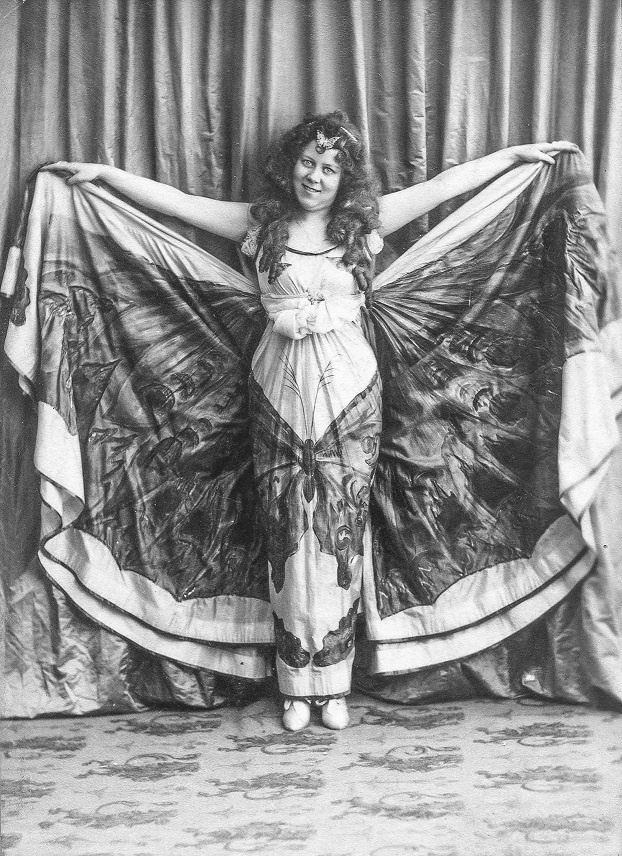 Sam Hill’s friend, modern dance pioneer Loïe Fuller, convinced him to turn Maryhill into an art museum and used her connections to the art world in Paris to donate many items to the museum, photo courtesy of the Maryhill Museum of Art
Sam Hill’s friend, modern dance pioneer Loïe Fuller, convinced him to turn Maryhill into an art museum and used her connections to the art world in Paris to donate many items to the museum, photo courtesy of the Maryhill Museum of Art
 Queen Marie of Romania, grandchild of Britain’s Queen Victoria, was a good friend of Sam Hill and donated royal furniture and other artifacts to the museum, courtesy Maryhill Museum of Art
Queen Marie of Romania, grandchild of Britain’s Queen Victoria, was a good friend of Sam Hill and donated royal furniture and other artifacts to the museum, courtesy Maryhill Museum of Art
In 1931, Hill, on his way to address the Oregon legislature on behalf of the Good Roads Association, became ill and died three weeks later at the age of 73.
Hill’s death and the drawn-out settlement of his estate delayed progress on the museum, which was filled with unpacked crates of art. In 1937, Alma de Bretteville Spreckels, the wife of San Francisco sugar magnate Adolf Spreckels and a friend of Hill’s, took up the task of finishing the museum. She was elected to the newly-formed board of trustees and donated artwork from her personal collection. Under her guidance, the museum was opened to the public on Sam Hill’s birthday, May 13, 1940. Maryhill was placed on the National Register of Historic Places in 1974.
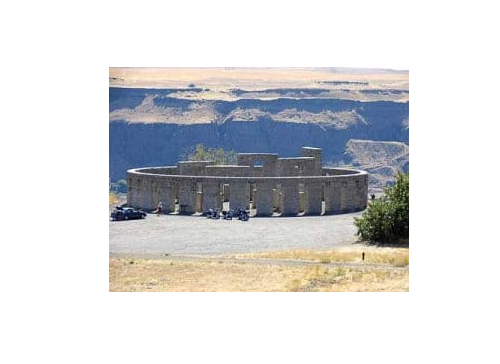 Image Three miles east of the Maryhill Museum, Sam Hill built a full-scale replica of Stonehenge to serve as a memorial for those lost during World War I
Image Three miles east of the Maryhill Museum, Sam Hill built a full-scale replica of Stonehenge to serve as a memorial for those lost during World War I
The euphemism for swearing, “Sam Hill,” is often attributed to the Northwest’s Samuel Hill and his wide-ranging activities, but history says it harkens back to before he was born. However, our Sam Hill—the perpetual promoter—did little to dissuade others that he was not the inspiration.
The Maryhill Museum of Art
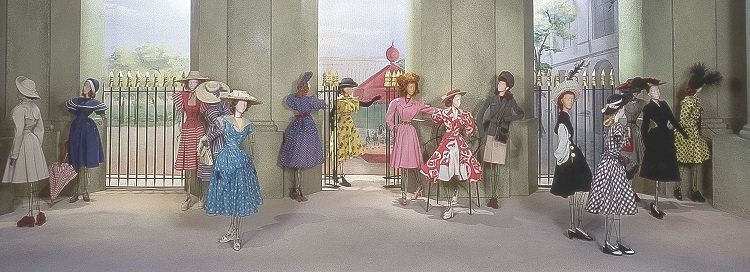 Maryhill Museum of Arts boasts more than 80 works of art by the sculptor Auguste Rodin, European and American paintings, unique chess sets, Native American artifacts, and the renowned Théâtre de la Mode, which features small-scale mannequins attired in designer fashions of post-World War II France, photo courtesy of the Maryhill Museum of Art
Maryhill Museum of Arts boasts more than 80 works of art by the sculptor Auguste Rodin, European and American paintings, unique chess sets, Native American artifacts, and the renowned Théâtre de la Mode, which features small-scale mannequins attired in designer fashions of post-World War II France, photo courtesy of the Maryhill Museum of Art
The historic, three-story Beaux Arts mansion was designed by the nationally-recognized architectural firm Hornblower & Marshall of Washington, D.C. The adjoining Mary & Bruce Stevenson Wing opened in May 2012. The buildings and grounds of Maryhill offer expansive views of the Columbia River Gorge below and Mount Hood in the distance, along with an outdoor sculpture park featuring large-scale works by Northwest artists.
Fodor’s travel guide provides this review of the museum: A wonderfully eclectic mix of artworks, including the largest assemblage of Rodin works outside France; posters, glasswork and ephemera related to the modern-dance pioneer Loïe Fuller; an impressive cache of Native American artifacts; furniture and art that belonged to Hill companion, Queen Marie of Romania; an art nouveau glass collection; an extensive chess collection; and a large collection of mostly Victorian-era European and American landscape paintings…they're all housed within the walls of a grandiose mansion built rather improbably in the middle of nowhere by Sam Hill, the man who spearheaded the development of a scenic highway through the Columbia Gorge.
The Maryill Museum of Art is located at 35 Maryhill Museum Drive, Goldendale, WA 98620. For more information, call 509-773-3733 or visit www.maryhillmuseum.org.
Information for this article is provided by the Maryhill Museum of Art
